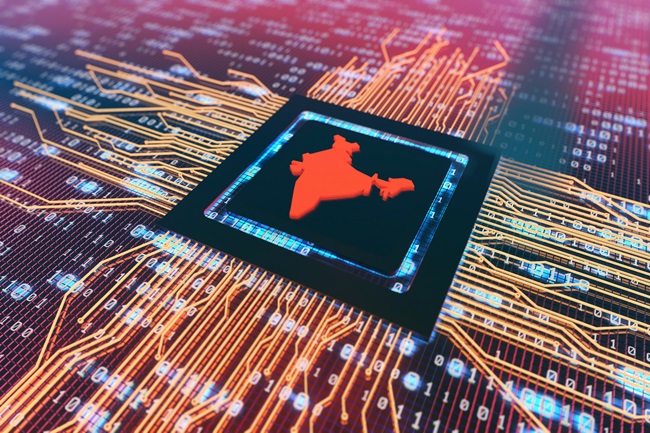Dec 21, 2024
Dec 21, 2024
“People are going to use these [AI] tools to invent the future that we all collectively live in”, said Sam Altman, Open AI CEO to NBC News anchor at the 20th Aspen Ideas Festival held from June 23 to 29, 2024.

In the rapidly evolving business landscape, companies are hurrying to harness the potential of Artificial Intelligence (AI) to drive innovation, make data-driven decisions, and create a competitive edge over the rest.
This has created a high demand for AI engineers, for it has great potential to improve and simplify tasks commonly done by humans such as speech recognition, image processing, business process management and even the diagnosis of a disease.
Interestingly, seized of the prospects of AI technology, the Central government had already approved spending Rs. 10,000 cr on the IndiaAI Mission that involves bringing AI compute capacity under the public-private partnership mode through GPU-based servers, allocating early-stage funding to deep-tech start-ups, setting up of innovation centers and developing broader AI sovereign infrastructure.
According to the Ministry of Electronics and IT, this spending is likely to go up to Rs. 20,000 cr owing to additions of certain components. All this throws open a new avenue of employment for the youth.
Analysts opine that by 2027, India is likely to overtake the US as the largest software developer community in the world. Now, with the widespread adoption of generative AI tools, software developer’s productivity is predicted to grow by 55%. One estimate reveals that by 2030, developer AI tools are likely to boost global GDP by $1.5 tn.
In such an emerging scenario, imagine what India is likely to gain if only its burgeoning developer community is trained in time to adopt the newfound AI tools for coding. Another advantage that the experts claim out of such convergence between software engineering and AI is: we get the best of both worlds: likely to not only speed up coding but also impart the advantage of the end product being both precise and flexible.
Now taking a lead from these prospects, government may have to launch early training programs to reskill the software developers to use AI tools. Secondly, looking at the ongoing fusion between human and machine languages, IT professionals advise that even our school-going children can be trained to program in vernacular languages.
In this context, they even cite the New Education Policy of 2020 which proposed that coding classes may be conducted for school children from class 6 onwards. Now they also say that children can learn coding with the help of AI assistant—all in their mother tongue.
So, what it all means is: It is not English learning that matters most, but grounding the boys and girls soundly in Maths and Science is what matters to nudge the youngsters to pick up interest in STEM careers right from a very young age. Such a move is certain to keep the flow of software developers from India ever-growing which ultimately could make the nation quite wealthy.
The availability of powerful open-source AI models has made the job of the government that much more affordable to undertake not only training programs for youth but also to resolve many societal challenges. For instance, government may now think of establishing a network of Arogya kendras (Health Care Centers) using AI-developed tools to dispense primary healthcare advice to rural folks. Such an arrangement can enable people to walk in into these Kendras to spell out their health problems/narrate symptoms and get preliminary advice promptly and rightly. These Centers can even be enabled to offer advice by scanning through X-ray and MRI images. In a way, such elimination of the human interface may enhance the scope of the marginalized lot to get the right advice well in time with no hassles.
That being the prospects thrown open by the AI, government must lay a strong foundation for primary education across the country. For, such atmospherics alone could motivate students to get themselves trained in using AI tools and get ready to launch themselves as well-equipped coders.
Here, it is worth bearing in mind that over 65% of our population is of working age—an advantage that countries like the US, Britain, China and Japan are not having. But a report of Mercer Mettl’s India’ Graduate Skill Index 2023 indicates that only 45% of India’s graduates are employable.
So, if we have to capitalize on this unique strength, we must make this group employable. That calls for the creation of training facilities across the geography of the country to offer excellent vocational skill-building to youth to make them employable. Secondly, these training centers must also work towards reskilling and upskilling the existing workforce.
It is by exploiting the emerging convergence between software engineering and AI technology with the right training package for the youth, we can build a bright future for the nation.
Image (c) istock.com
27-Jul-2024
More by : Gollamudi Radha Krishna Murty